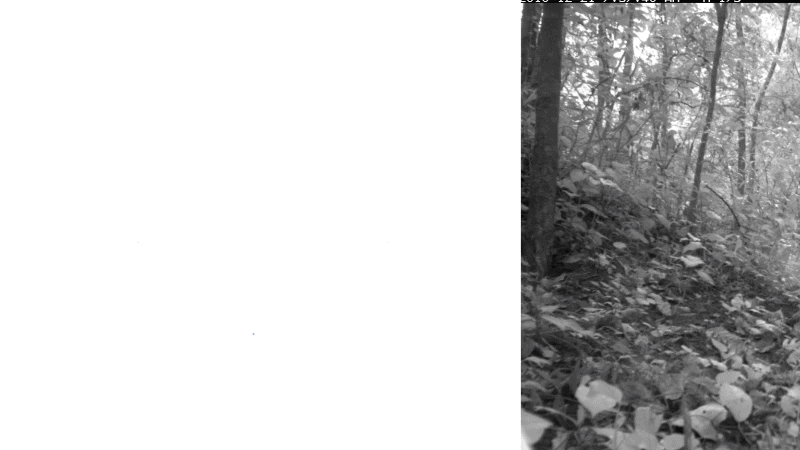Wildlife provides critical benefits to support nature and people. Unfortunately, wildlife is slowly but surely disappearing from our planet and we lack reliable and up-to-date information to understand and prevent this loss. By harnessing the power of technology and science, we can unite millions of photos from [motion sensored cameras] around the world and reveal how wildlife is faring, in near real-time…and make better decisions wildlifeinsights.org/aboutCase study backgroundGoogle partnered with several leading conservation organizations to build a project known as Wildlife Insights, which is a web app that enables people to upload, manage, and identify images of wildlife from camera traps. The intention is for anyone in the world who wishes to protect wildlife populations and take inventory of their health, to do so in a non-invasive way. The tricky part, however, is reviewing each of the millions of photos and identifying every species, and so this is where Machine Learning is of great help with this big data problem. Themodels built by the inter-organizational collaboration, presently classifies up to 732 species and includes region-based logic such as preventing a camera trap in Asia—for example—from classifying an African elephant (using geo-fencing). These models have been in development for several years, and are continuously being evolved to serve animals all over the globe. You can learn more about it here.This worldwide collaboration took a lot of work, but much of the basic technology used isavailable to you at WildlifeLifeInsights.org!And, for those interested in wanting to learn how to build a basic image classifier inspired from this wildlife project, please continue reading. You can also go deeper by trying out our sample tutorial at the end, which contains the code we used, and lets you run it interactively in a step-by-step notebook (you can click the “play” icon at each step to run each process).How to build an image classification model to protect wildlifeWe’re launching a Google Cloud series called “People and Planet AI” to empower users to build amazing apps that can help solve complex social and environmental challenges inspired from real case studies such as the project above. In this first episode, we show you how to use Google Cloud’s Big Data & ML capabilities to automatically classify images of animals from camera traps. You can check out the video here.Requirements to get startedHardwareYou would require two hardware components:Camera trap(s) → to take photos (which we also strongly recommend you share by uploading on Wildlife Insights to help build a global observation network of wildlife). Micro controller(s) (like a Raspberry Pi or Arduino) → to serve as a small linux computer for each camera. It hosts the ML model locally and does the heavy lifting of labeling images by species as well as omitting blank images that aren’t helpful.With these two tools, the goal is to have the labeled images then uploaded via an internet connection. This can be done over a cellular network. However, in remote areas you can carry the microcontroller to a wifi enabled area periodically to do the transfer.

Published by